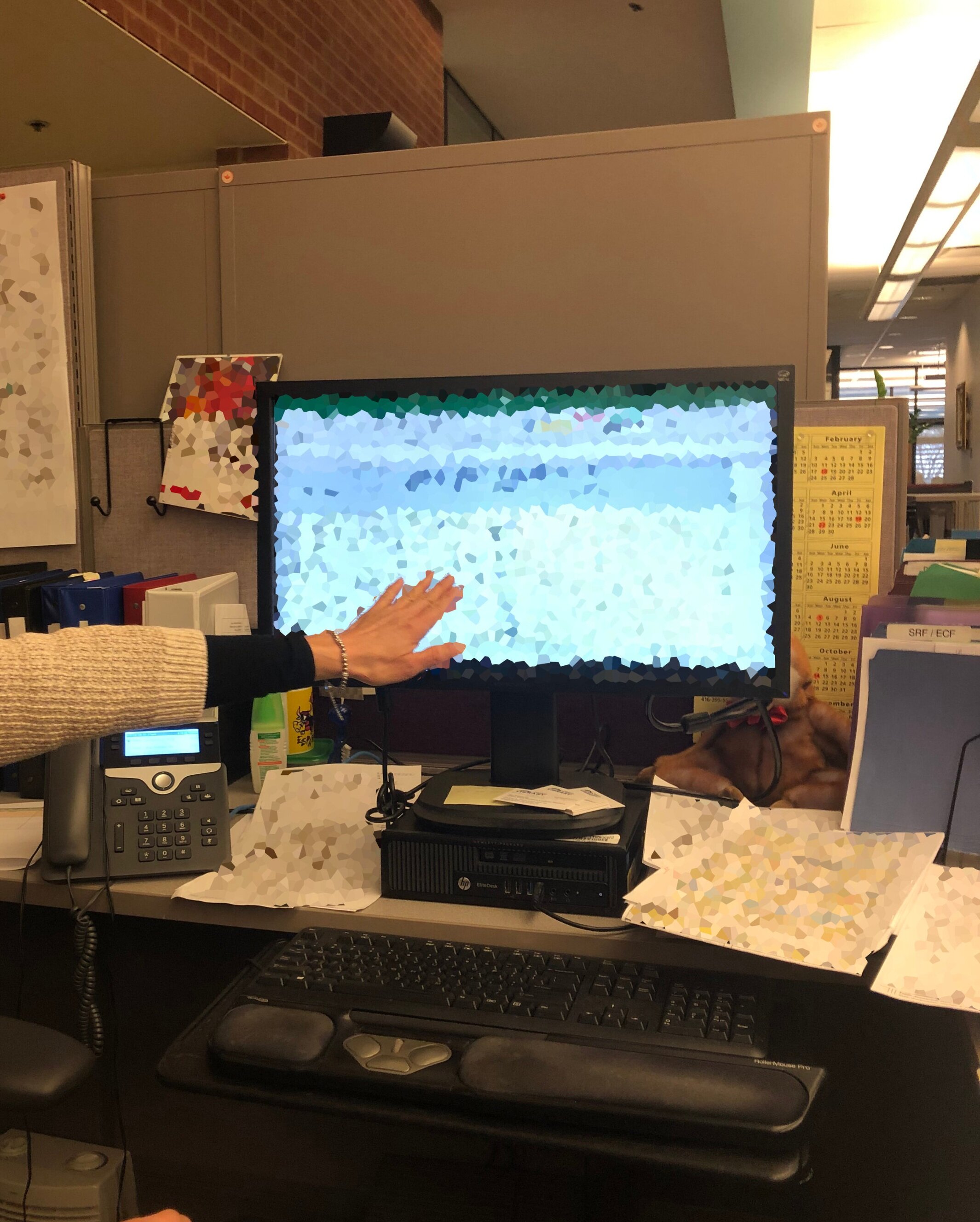City Service Transformation
City Service Transformation
Applying Human-centred Design Research
for Software Implementation
A City Service started exploring an end-to-end transformation of their member experience using a CRM platform as their new customer relationship management software. Breaking down the transformation into multiple phases, the first phase of implementation focused on internal incident management and understanding how to improve the current reporting process for the staff. The second phase focused on their call centre and how they might be able to provide a more customer-focused experience for virtual interactions with members. The system would be used by thousands of employees on a daily basis, across 100+ locations.
I led the human-centred design stream (while collaborating closely with the CRM implementation team), to map the current-state process, highlight moments of friction in the user experience, and provide considerations for a future state implementation that incorporated user needs.
Role & Credits
Research & Strategy Manager
Created at Doblin/Deloitte
APPROACH
Each phase started with conducting in-depth interviews and workplace shadowing with members of staff, either one-on-one or in small groups, with sessions running for 1–2 hours. We ensured diversity in participants’ roles and responsibilities to capture tasks and pain points across levels, from front-line workers to senior managers. Also, to build a holistic picture of each process across the organization (and to help advise the future phases of the roadmap), our secondary focus was on peripheral departments that came into contact with our primary user groups (for example, HR, Facilities, IT, Communications, etc.).
OUTCOMES
Research findings were translated into reports that highlighted rich user narratives from the field, and included behavioural and systematic insights. Current-state service blueprints were also created to visualize all interactions (both internally among various departments as well as externally with customers), and the pain points experienced along the way. A set of design principles were drawn, grounded in specific design applications which were then paired with proposed CRM solutions to illustrate how the discovered pain points could be alleviated.







